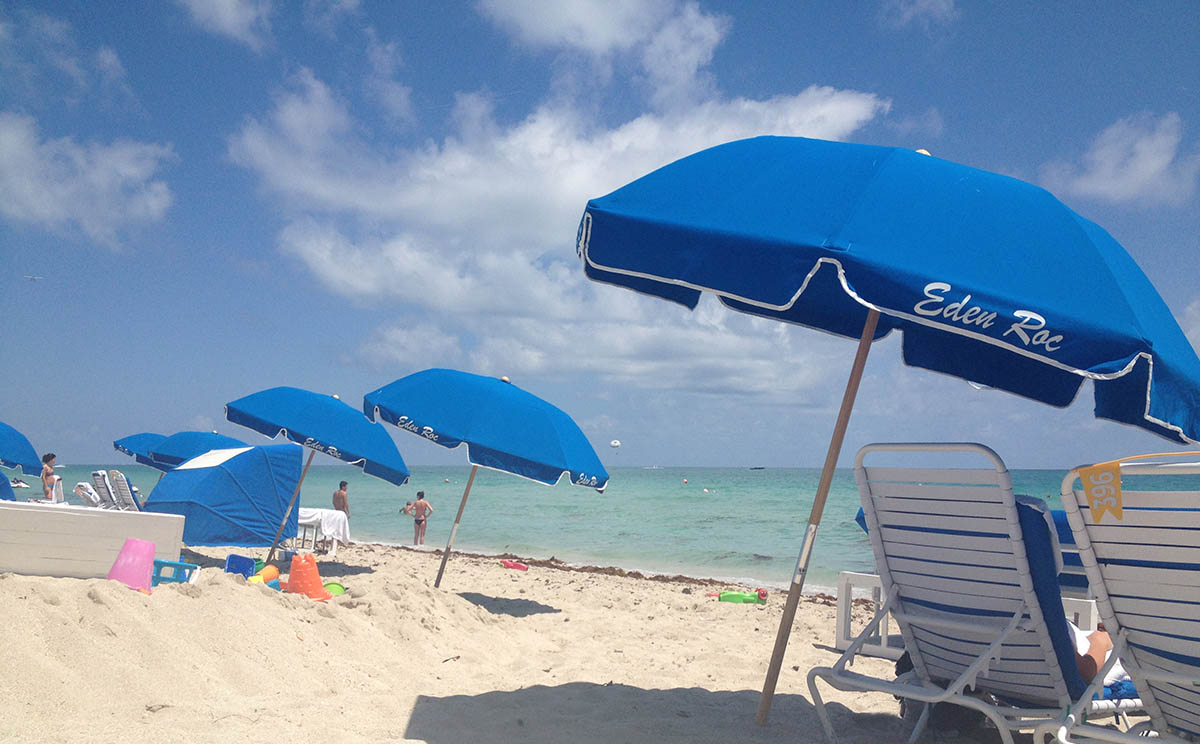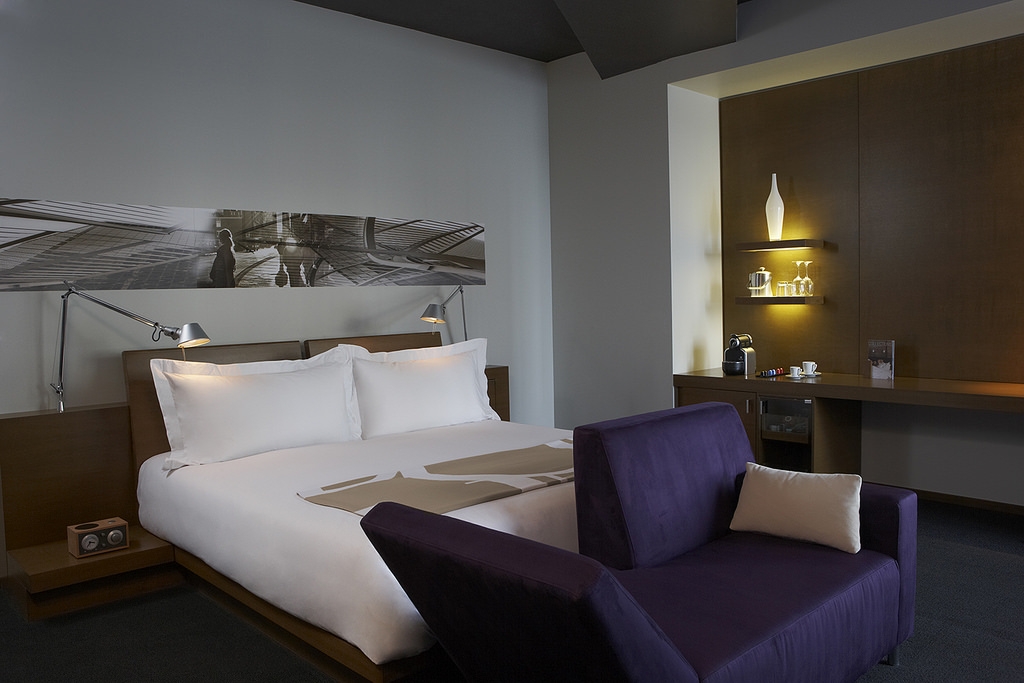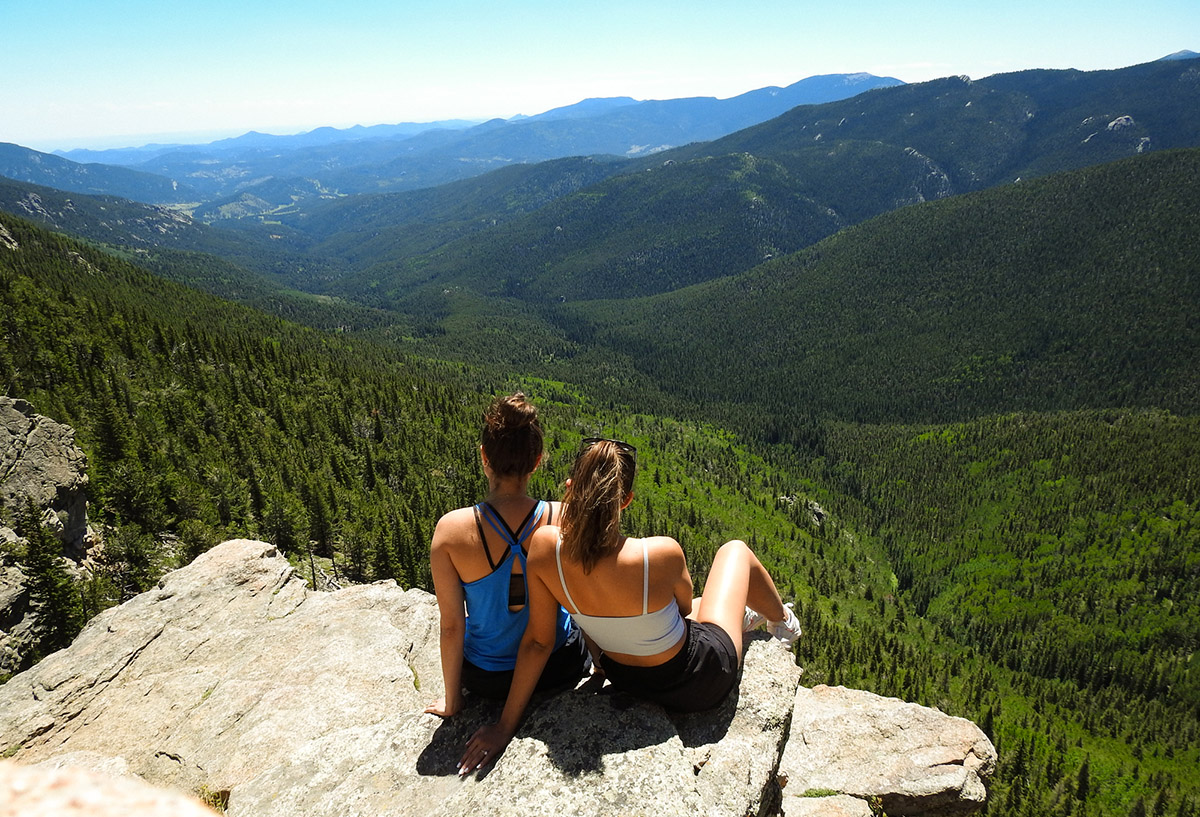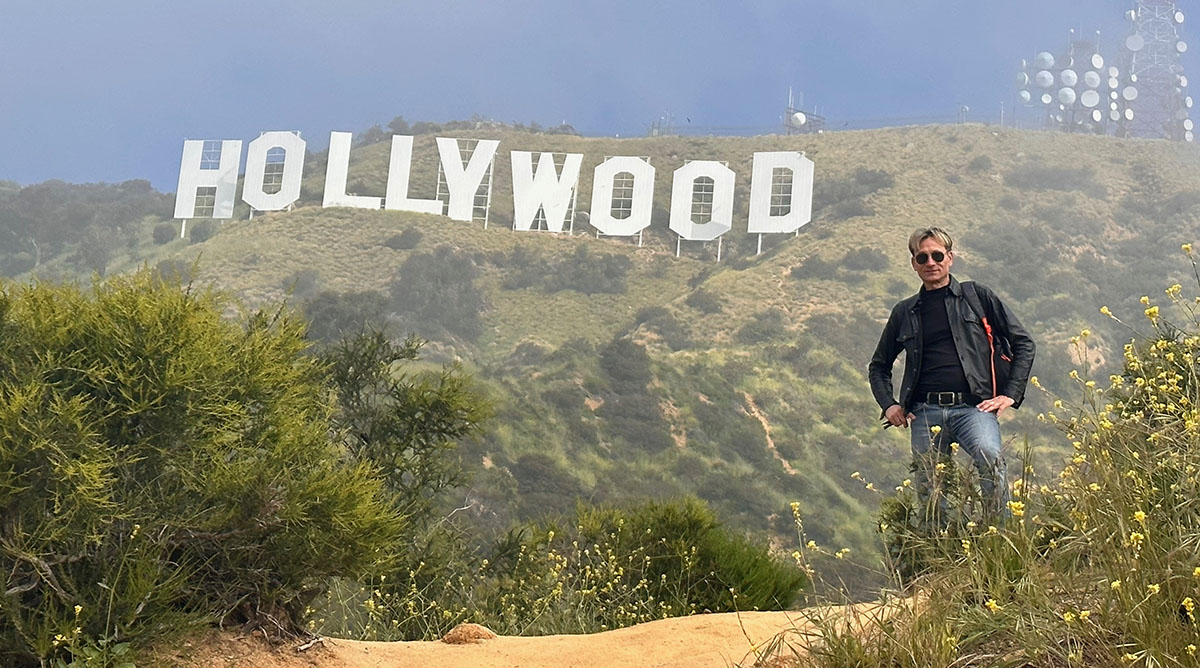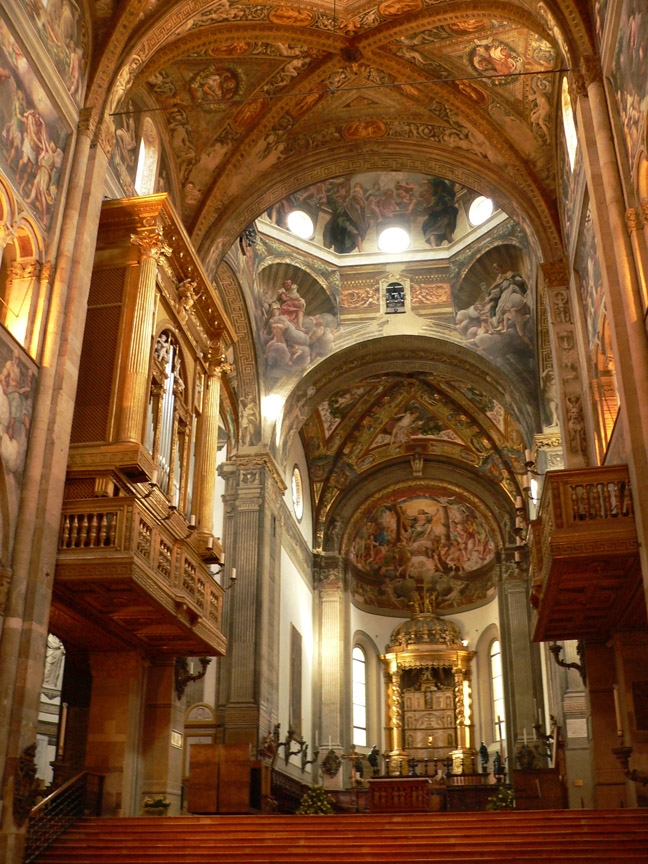
Italy’s Best-Kept Secret
I remember the morning when I woke up to a ceiling with frescos and a crystal chandelier. I was lying alone in a king-sized bed in the suite of Hotel Vittoria, in Faenza, Italy, where as the legend goes, the great Italian poet Giosuè Carducci used to lodge. So this is Italy, I thought and laid back down again, overwhelmed by the decadence of it all.
Faithful to the best kind of stereo-types, Italy was full of enthusiastic people, beautiful architecture, amazing wine and superb espresso. But our journey was to take us deep into the gastronomical soul of Italy. Our journey took us through the rural towns of northern Italy through a region called Emilia-Romagna, situated between the Adriatic Sea and the foothills of the Italian Alps. I’m convinced that Emilia-Romagna is Italy’s best-kept (and maybe only) secret.
Our first stop was the Polesine Parmense farm shop in Parma, Italy, where meat is the main event. I have never seen cold cuts from Parma on a menu in Canada, and now that I’ve tasted its version of prosciutto and salami and the prized culatello, I’m disappointed that it is not more readily available. These cold cuts are among the best in the world – savoury tastes heightened by complementary flavours of spice and pepper. After centuries of perfecting the technique, the farm counts Prince Charles and fashion head Georgio Armani as some of its many culatello patrons.
Since each kilo of culatello (taken from the inner leg of the pig and cured for approximately 20 months), is worth 16 euro, the basement full of pork was worth around two million euros. Its hefty price tag now betrays its origins as peasant food during Roman and medieval times. The fermented meat was able to last longer, key to a poor family’s survival.
After visiting the culatello shop, we stopped at Roberto and Giovanni Cavalli’s balsamic vinegar factory. Cavalli’s family had begun making the vinegar as a hobby, using old wine barrels that date back to the 1800’s. Unlike wine, which has to ferment at a constant temperature, balsamic vinegar is perfected by 20 years of exposure to fluctuating temperatures. After tasting of the sweet, thick, dark caramel-coloured vinegar, I predicted that any future balsamic vinegar experience in Canada will always come short — if only because recreating the experience would be so costly: a bottle of 100 ml goes for $300-400 dollars US. If you’re curious, the first step to spotting a bona fide bottle of balsamic vinegar is the traditionelle label, which means the vinegar is aged well and adheres to the complicated fermentation process that Cavalli has perfected.
With its offerings of local wine, cheese, meat and produce, the Emilia-Romagna province is a living example of the slow food movement, a “non-profit, eco-gastronomic member-supported organization that was founded in 1986 to counteract fast food and fast life, the disappearance of local food traditions and people’s dwindling interest in the food they eat, where it comes from, how it tastes and how our food choices affect the rest of the world.” The movement was in part a reaction to McDonald’s opening near the Spanish steps in Rome. Capitalizing on the anti-consumer, anti-capitalist sentiment, Italian Carlo Petrini officially launched the organization three years later, which now boasts over 100,000 members.
Our tour led us through an area and a lifestyle which saw food in a web of interconnected relationships. One of these relationships was with the land, another was with the farmer, another was with the person who was preparing your meal, and another was who you were enjoying your meal with. The slow food movement’s name literally parallels the eating habits of Italians. All our lunches and dinners took over an hour to consume, some over two and a half hours. In every restaurant, all the other diners were eating at the same pace, and people trickled out of the restaurant around midnight. There was a clear integration of consumption with the surrounding environment. Here, in the land of granola bar breakfasts and TV dinners, we seem to have lost that connection to our food and land.
How people dress seems to be with as much pride and flair as their food. When I first arrived, it seemed as though everyone was dressed as a movie star. Actually, that’s not true, they dress classier than movie stars. That I didn’t bring a pair of stilettos was my one regret of the trip. I was mortified that ninety-year-old grandmas were sporting sexier footwear than me.
The churches of Emilia-Romagna, inspired wonder and awe – if slightly contaminated by Dan Brown-esque conspiracies (I caught myself looking for Rose Lines and Mary Magdalene on more than one occasion). What I didn’t expect to encounter was the Byzantine mosaic masterpiece of the Church of San Vitale in Ravenna. Ravenna was the capital city of the Western Roman Empire in during the 4th century AD. The Church was finished around 600 AD and was preserved by the Benedictine monks and is the only remaining church from the Emperor Justantine to survive. The glittering, golden ceilings of San Vitale depict something very different than the frescos from the medieval ages and the Renaissance. The scenes on the walls were of the pre-Christ and focused on the Emperor’s court and the glories of nature. For example, there are over eighty species of birds featured in the mosaic. Legend has it that Gustav Van Klimt studied the cathedral and borrowed the luminescent shapes and colours for his painting The Kiss.
I didn’t fall in love with Italy until the day when we biked from Faenza to Bisighella, a medieval town with a castle perched on the top of three hills. The ride, took the panoramic route from Faenza through the foothills of the Tuscan-Romagnolo Apeninne. It was biking through the lush green farmland, dotted with old castles and farmhouses, that I was struck by historic legacy of the land and overcome by the realization that I was actually, truly there in the hotspot of Western civilization. It was unquestionably the best cycle ride in my life. Biking in Italy is to driving in America. On this trip it also served as my only defence from gaining twenty pounds.
We had many rides but our last bike jaunt was a nauseating shuttle-ride through the route of the Nove Colli, one of the most famous one-day “gran fondi” race or ride in Italy. It took place on May 23, and follows a 210 km route from the harbour of Cesenatico, up and down nine hills, and then back to a finish line on the seafront, which is also the finish line of the granddaddy of Italian bike races, the Giro d’Italia.
After the bike interlude, our tour returned its focus on gastronomy and we were taken to Forlimpopoli. The town is the birthplace of Pellegrino Artusi, a writer on gastronomy who is considered the “father” of Italian cooking. Born in 1820, he traveled the countryside of Italy and collected recipes and methods of cooking, food conservation and food preparation. The recipes were cooked by Marietta, his invaluable right-hand woman, and published in his 1891 bestselling book Science in the Kitchen and the Art of Eating Well.
In Forlimopoli, we went to Artusi’s birthplace, the Casa Artusi, which is now a museum and culinary centre. We were taken upstairs to the kitchen and shown how to make piadina, a typical flat bread unique to the coast regions of Emilia Romagna and the Republic of San Marino. After our piadianas, we had a memorable stop at Dozza, a hilltop town which houses the wine museum Enocteca Regionale dell’Emilia Romagna in the 14th century castle in the center of town. Actually, memorable is the wrong word, orgasmic is a better fit. Gian Alfonso Roda, the president of the Emilia Eomagna regional wine museum, had us taste a variety of wines including frizzante and regianno rosso. The last wine, a dessert wine known as passito, was described by Gian as a “meditation” to be enjoyed over a book. Or, as we did, with the traditionelle balsamic vinegar and aged parmesan cheese. If you’re wondering what happened when these three ingredients were combined, I assure you, it was nothing short of a taste-gasm. As people reluctantly left the room I hung back hoping to lick the last of the balsamic vinegar off the plate.
In the best-selling memoir Eat, Pray, Love, Elizabeth Gilbert makes a trip through Italy to obsessively eat her way to recovery from her divorce, what her friend calls a “No Carb Left Behind” tour. She writes, “I am doing rude things to my body in Italy, taking in such ghastly amounts of cheese and pasta and bread and wine and chocolate and pizza dough…I’m not exercising, I’m not eating enough fibre, I’m not taking any vitamins.”
I believe that by gorging, she missed the point. Italy is about enjoying what you have, finding the community in everything you do and cultivating the resources around you with pride. It isn’t the quantity, but the quality that I’ll remember Emilia-Romagna.
As Artusi writes, “I should not like my interest in gastronomy to give me the reputation of a gourmand or glutton. I object to such dishonourable imputation, for I am neither. I love the good and the beautiful wherever I find them, and hate to see anyone squander, as they say, God’s bounty. Amen.”

